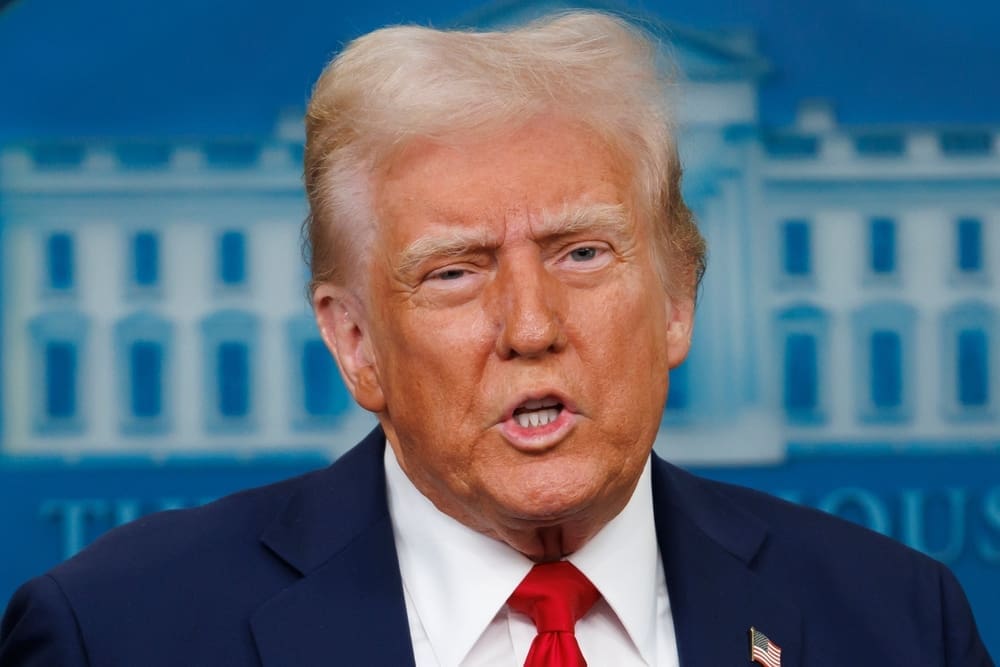Details of President Donald Trump’s tariff plans are anticipated to be unveiled at 4 p.m. ET on Wednesday, April 2. He has committed to implementing “reciprocal tariffs” on any nation perceived to disadvantage American products through trade, taxation, or regulatory practices. This follows his previous imposition of tariffs on various goods including steel, aluminum, products from Canada and Mexico, Chinese goods, and foreign-made vehicles. The president argues that these measures are intended to bolster the U.S. economy over the long term, despite concerns that they could precipitate a recession.
The prospect of tariffs has generated significant economic volatility, as Trump’s inconsistent announcements have impacted stock markets and consumer confidence. While some critics of globalization view these developments with cautious optimism, many Americans remain apprehensive and uncertain. Tariffs have not held such prominence in the U.S. economy for nearly a century, leading to widespread confusion about their implications on personal finances, the rationale behind their implementation, and the potential effectiveness of the president’s policy.
The Tangible Impact
- Economic Fluctuations: Stock market instability and fluctuating consumer sentiment may impact individual investments and retirement savings.
- Consumer Prices: The cost of goods, particularly imported items, might increase, affecting household budgets.
- International Trade Relationships: Altered trade dynamics could influence job opportunities in industries reliant on exports or imports.
- Policy Uncertainty: Unpredictable policy changes can create uncertainty for businesses, potentially affecting employment rates.
- Public Understanding: Increased attention to tariffs may spur public interest in economic policy, leading to greater civic engagement and education.








